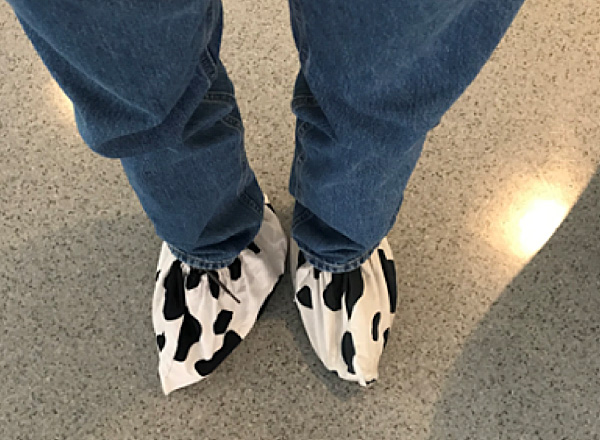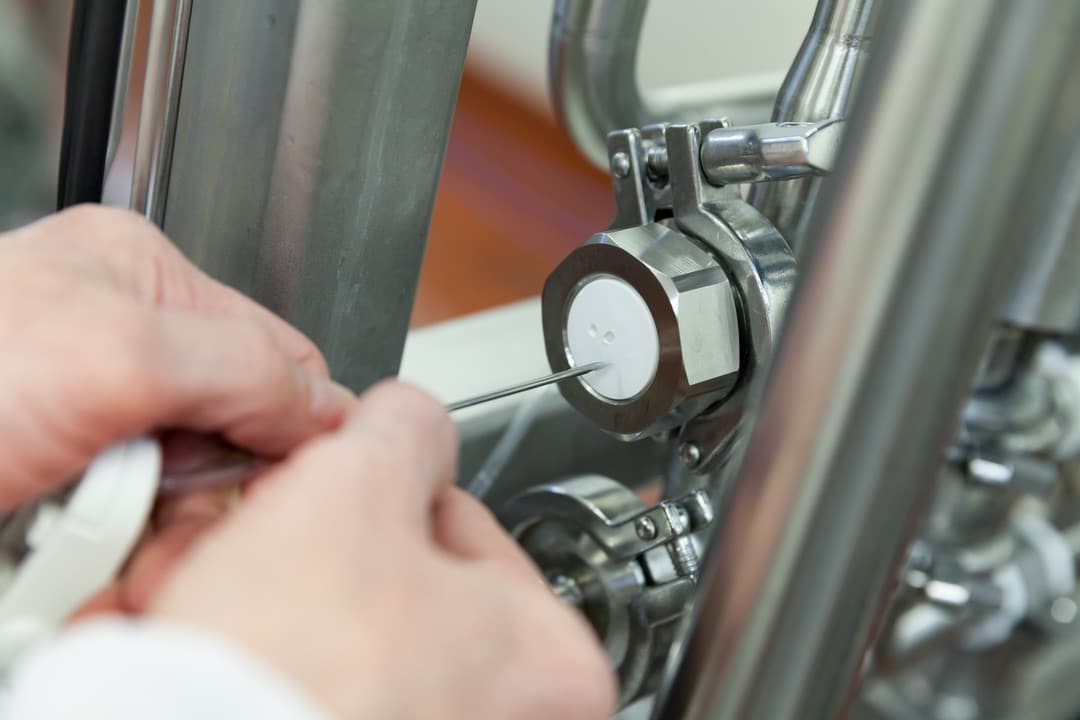The Sample – Our Weakest Link!?
If we trust the sampling and testing process, we are more confident in the result and can make informed decisions. To illustrate, let’s look at a non-dairy industry example.
Recently, my doctor ordered a blood sample. Keen to divert my attention from the needle, I looked out of the window and reflected on the seamless chain of events from sample to result when it comes to blood testing. Personally, I have never questioned the result of my blood test, let alone asked for a retest (much to do with that needle, of course).
And then I stumbled across this summary statement in a medical journal:
“For the clinical laboratory, errors that occur in the preanalytical phase of testing may account for up to 75% of total laboratory errors…”
Green, S.F. (2013, September). The cost of poor blood specimen quality errors in the preanalytical processes. Journal of Clinical Biochemistry, 46, 13-14.
Hold on! Does this mean my blood test result may be wrong? Unfortunately, yes. It’s well known in medical circles that mistakes do happen, which can lead to some poor decision making and sometimes dramatic outcomes.
Now, I don’t want to scare you, and I still have a lot of confidence in the medical profession; however, that statement did start me thinking about sampling and testing in our dairy industry. If the medical profession has issues with samples, could this mean that samples are also the weakest link in dairy testing?
Using my blood testing analogy, let’s explore some of the challenges for sampling that I have experienced in my 30 odd years in the dairy industry. Let’s start with the sampling plan and the importance of training.
Medically, my blood tests are initiated by my doctor. She decides on the tests and sets the sampling plan. She also tells me the purpose of the tests and instructs me on what I might need to do in preparation before sampling. The blood sample is drawn by a phlebotomist, a trained, qualified professional. Personally, I’m very pleased that the person with the needles is trained.
This is somewhat different from my dairy industry experience. During the last ten years, I have visited many dairy factories around the world and reviewed their food safety controls. When it comes to sampling, I ask questions like, “Why do you take this sample?” and “Who is responsible for the sampling plan?” Some answers are unlikely to surprise you: “Because it’s part of the job” and “I don’t know, we have always taken this sample.” I recognize these answers, because I’ve been there.

I started my New Zealand dairy career as an operator in a butter factory. During cream processing, we took in-process samples for analyses. I had never been formally trained in taking samples; my training was “hands-on” by following another operator around. They showed me where to take it and how to take it, but I was told very little about the reasons for taking it. Sampling was just another task, amongst many other responsibilities. Unsurprisingly, mistakes happened. We occasionally missed a sample, mislabeled a sample, or forgot to put the samples in the fridge.
Formal training in sampling techniques and explaining the “why,” is a wise investment. Only samplers can vouch for the integrity of the sample, because only they know how a sample was taken, where it was taken, when it was taken and the process conditions at the time of sampling.
What about the handling of a sample? In the case of our medical example, after filling several tubes, my blood samples were stored in a dedicated fridge, collected by a dedicated courier, and then checked by a dedicated laboratory prior to testing.
This is not always the case in our dairy factories. As mentioned, samples can be mislabeled, stored at the wrong temperature, or sometimes “take the scenic route” between the factory and the laboratory. Laboratory staff don’t know a sample’s history and will accept a sample for testing after some basic checks, like temperature and “condition”.
So, looking back on my experience, I think sampling and handling may well be the weakest link in dairy testing.
Ironically, we only pay for the test if we submit a sample. Hence, improving sample integrity by training samplers, having a sound sampling plan, and controlled sample logistics are likely to have a quick pay-back. Not only will we pay for samples that are worth testing, it will also increase our confidence in the test results, because accurate test results start with accurate samples.




